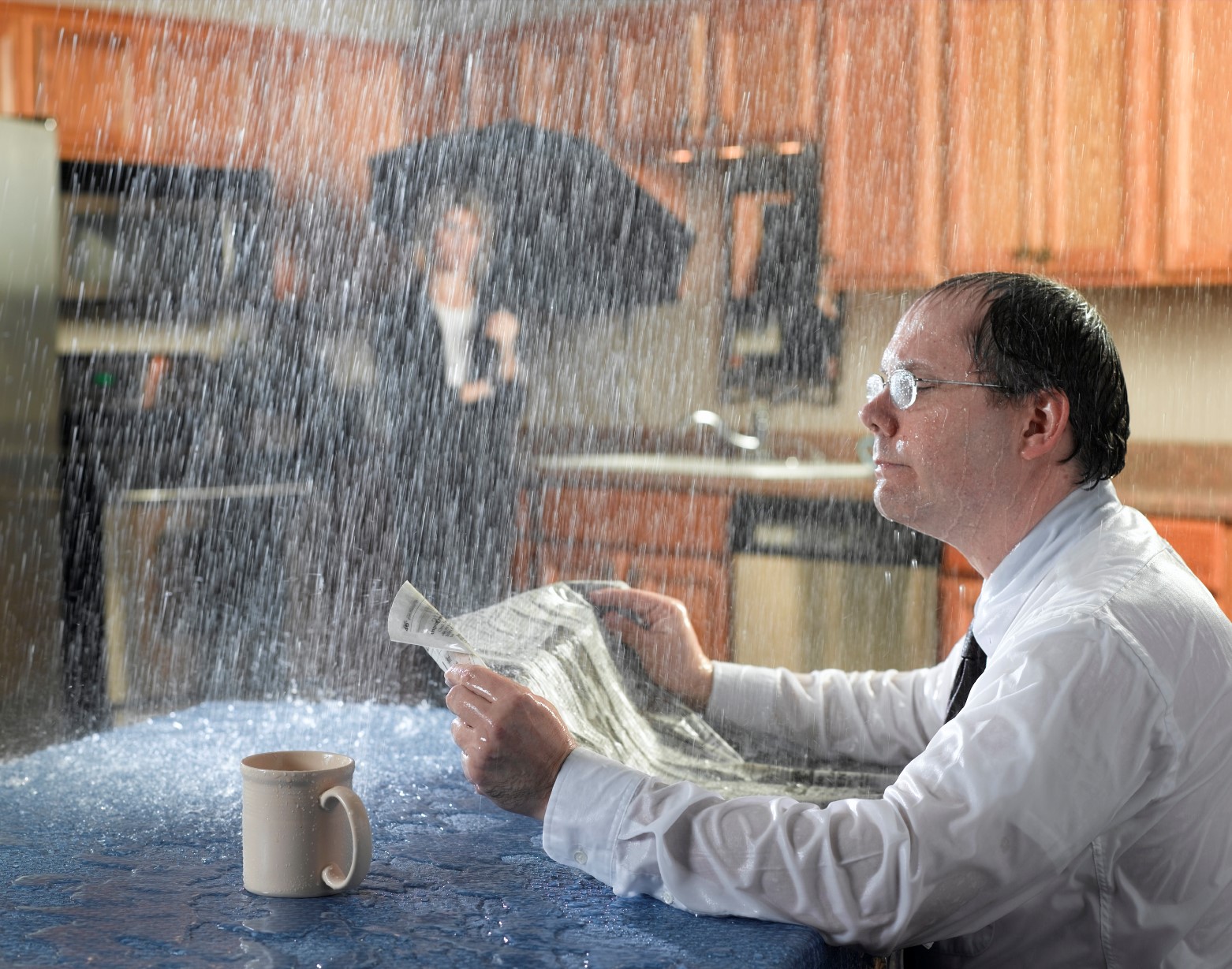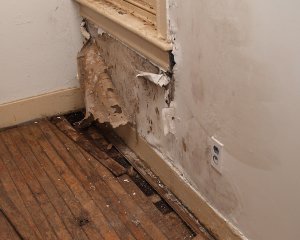Pinpoint Six of Commonest Leak Triggers Within Your Home
Pinpoint Six of Commonest Leak Triggers Within Your Home
Blog Article
What are your thoughts on Most Common Causes of Leaky Pipes?

Leakages not just cause waste of water but can likewise cause unnecessary damages to your house and promote unwanted natural development. Water leaks might go unnoticed since most of the pipework in our residence is concealed. By looking and comprehending for everyday scenarios that cause leakages, you can shield your house from future leakages and unneeded damage. Today, we will check out six leak creates that might be creating your pipes to leak.
Encroaching origins
The majority of water leakages start outside your house as opposed to inside it. If you see an unexpected decrease in water stress, state in your faucet, take some time to go out as well as examine your backyard. You may see damp patches or sinkholes in your lawn, and that may suggest that tree origins are invading water lines creating water to seep out. You can have your plumber look for intrusion, particularly if you have trees or hedges near your residential or commercial property.
Rusty water supply
As time goes by, your plumbing system ages and also deterioration such as rust may begin gnawing the pipes. This may be the reason for staining or warping on your pipes. This asks for an assessment with your plumber immediately. Consider changing the pipes since they are at a greater risk of corrosion than the more recent models if our plumbing system is old.
Defective Pipeline Joints
The point at which your pipes attach is frequently the weakest web link in the waterline. Pipe joints can degrade over time, leading to water leakages. The bulk of pipeline joints are not quickly visible. If you have noisy pipelines that make ticking or banging sounds, particularly when the warm water is turned on, your pipe joints are probably under a lot of pressure. It is advisable to have your plumber evaluate your system yearly.
Immediate temperature modifications.
Extreme temperature level changes in our pipelines can cause them to broaden and acquire all of a sudden. This expansion as well as tightening might cause cracks in the pipes, particularly if the temperature level are below freezing. It would be best if you kept an eye on how your plumbing works. The presence of the formerly stated circumstances frequently suggests a high danger.
Poor Water Connectors
At times, a leak can be created by loose tubes as well as pipelines that supply your devices. In situation of a water connections leakage, you may notice water running directly from the supply line or pools around your home appliances.
Obstructed Drains
Obstructed drains pipes might be annoying as well as inconveniencing, but they can sometimes end up triggering an overflow leading to break pipelines. Keep removing any type of materials that might drop your drains that can clog them to stay clear of such inconveniences.
All the above are causes of leaks yet not all water leakages arise from plumbing leakages; some leaks might come from roof covering leaks. All leakages should be repaired quickly to stay clear of water damages.
Leakages not only trigger waste of water however can additionally create unneeded damages to your home and advertise unwanted natural development. By looking and recognizing for everyday scenarios that cause leakages, you can protect your residence from future leaks as well as unneeded damage. Today, we will look at six leak triggers that may be triggering your pipes to drip.
At times, a leakage can be triggered by loose hoses and also pipes that supply your devices. In case of a water connections leak, you might discover water running directly from the supply line or pools around your appliances.
How To Check For Water Leak In Your Home
How To Check for Leaks
The average household's leaks can account for nearly 10,000 gallons of water wasted every year and ten percent of homes have leaks that waste 90 gallons or more per day. Common types of leaks found in the home are worn toilet flappers, dripping faucets, and other leaking valves. These types of leaks are often easy to fix, requiring only a few tools and hardware that can pay for themselves in water savings. Fixing easily corrected household water leaks can save homeowners about 10 percent on their water bills.
To check for leaks in your home, you first need to determine whether you're wasting water and then identify the source of the leak. Here are some tips for finding leaks:
Take a look at your water usage during a colder month, such as January or February. If a family of four exceeds 12,000 gallons per month, there are serious leaks.
Check your water meter before and after a two-hour period when no water is being used. If the meter changes at all, you probably have a leak.
Identify toilet leaks by placing a drop of food coloring in the toilet tank. If any color shows up in the bowl after 10 minutes, you have a leak. (Be sure to flush immediately after the experiment to avoid staining the tank.)
Examine faucet gaskets and pipe fittings for any water on the outside of the pipe to check for surface leaks.
Undetected water leaks can happen without the home or business owner even realizing. If you suspect a water leak, but not able to find the source. It is time to contact a professional water leak detection service, The Leak Doctor.
How To Find a Water Leak In Your Home
https://www.leakdoctor.com/blog/How-To-Check-For-Water-Leak-In-Your-Home_AE197.html

I was made aware of that write-up about How Fast Water Damage Can Ruin Your Home through someone on our other blog. Enjoyed reading our blog? Please share it. Help someone else discover it. I value reading our article about How to detect water leaks in your home.
For instant relief, call. Report this page